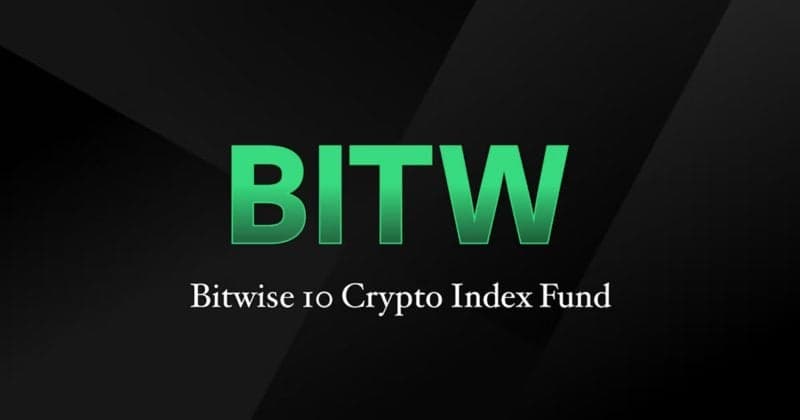About Avalanche (AVAX)
Avalanche (AVAX) is a decentralised platform tailored for developing and deploying decentralised applications and enterprise blockchain solutions. Its distinctive consensus mechanism, known as Avalanche Consensus, allows for high throughput and low latency, processing thousands of transactions per...
The architecture of Avalanche comprises three interoperable blockchains: the X-Chain for asset transfers, the C-Chain for smart contracts, and the P-Chain for coordinating validators and creating subnets. This multi-chain structure enhances scalability and flexibility, making it suitable for...
Avalanche (AVAX) caters to diverse use cases across sectors, with a strong emphasis on decentralised finance (DeFi), enterprise solutions, and digital asset management. A key application is the creation of bespoke blockchain networks tailored to specific business requirements, enabling firms to...
Additionally, Avalanche supports decentralised exchanges (DEXs) and lending platforms, allowing users to trade assets and earn interest on their holdings. Its capacity for rapid transaction processing makes it ideal for applications needing high-frequency trading and real-time settlement, enhancing...
The tokenomics of AVAX revolves around a capped supply of 720 million tokens, distributed through various mechanisms to incentivise network participation and governance. AVAX tokens are utilised for transaction fees, staking, and engaging in the platform's governance processes, enabling holders to...
The distribution model includes initial allocations for the team, advisors, and early investors, alongside community incentives and rewards for validators securing the network. Furthermore, a portion of transaction fees is burned, introducing a deflationary aspect that may positively impact the...
Avalanche employs a multi-layered security architecture featuring a robust validation process to ensure network integrity. The consensus mechanism utilises a novel approach where validators engage in repeated random sampling to confirm transactions, allowing for rapid finality and high throughput...
Validators must stake AVAX tokens, aligning their economic incentives with the network's performance and deterring malicious behaviour. The architecture supports a high number of validators, enhancing decentralisation and resilience, while security measures include the ability to create subnets...
Avalanche's development roadmap has prioritised scalability, interoperability, and usability since its inception. Key milestones include the launch of the Avalanche mainnet in September 2020, introducing its unique consensus mechanism and multi-chain architecture.
The platform has also implemented various upgrades to enhance transaction speeds and reduce fees while actively fostering partnerships and integrations with DeFi projects and other blockchain ecosystems. The introduction of subnets in 2021 allowed developers to create customised blockchains,...
How to Safeguard Your Avalanche (AVAX) Holdings
To bolster the security of your Avalanche (AVAX) assets, consider using a hardware wallet, which offers a secure offline space for your private keys. Recommended choices include Ledger and Trezor. For managing your private keys, generate and store them securely with strong, unique passwords and...
Stay vigilant against common security threats like phishing scams and malware; mitigate these risks by regularly updating your software, using trusted antivirus solutions, and steering clear of dubious links. Employing multi-signature wallets can further enhance security by requiring multiple...
Finally, establish a comprehensive backup strategy by securely storing your recovery phrases and wallet backups in various physical locations, ensuring they are safeguarded against environmental hazards and unauthorised access.
Understanding How Avalanche (AVAX) Functions
Avalanche employs a distinctive blockchain architecture comprising three interoperable chains: the X-Chain for asset transfers, the C-Chain for smart contracts, and the P-Chain for platform management and validator coordination.
Its consensus mechanism, known as Avalanche consensus, merges classical and Nakamoto consensus methods, achieving high throughput and low latency via a directed acyclic graph (DAG) structure. Transactions are validated as nodes sample a small, random subset of others to confirm validity,...
Network security is bolstered by a robust validator system that stakes AVAX tokens, deterring malicious activities. Notable features of Avalanche include the ability to create custom blockchains and subnets, allowing developers to tailor networks for specific applications while ensuring...


